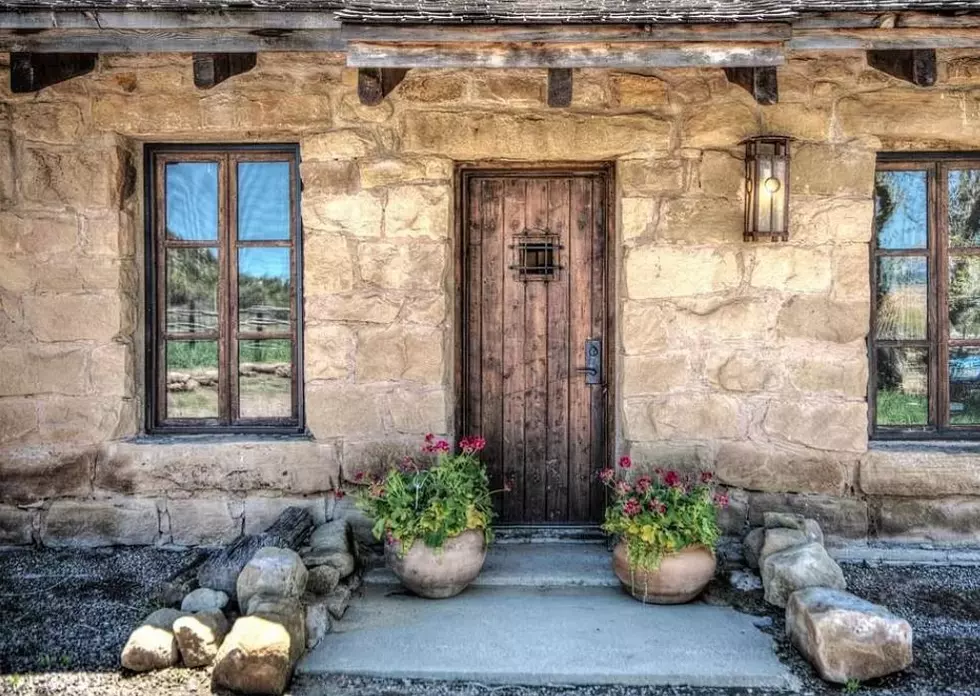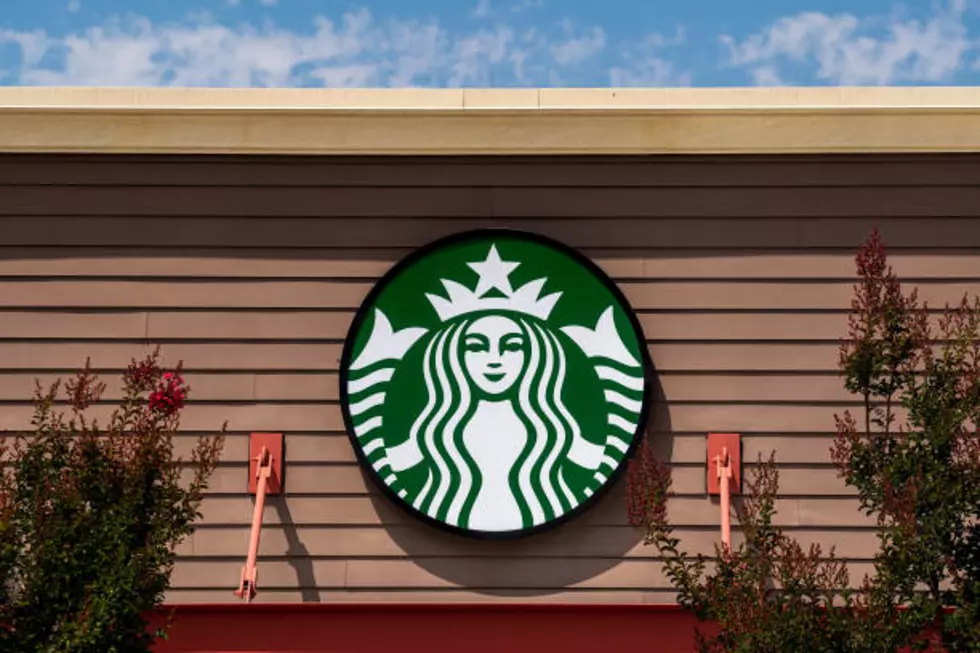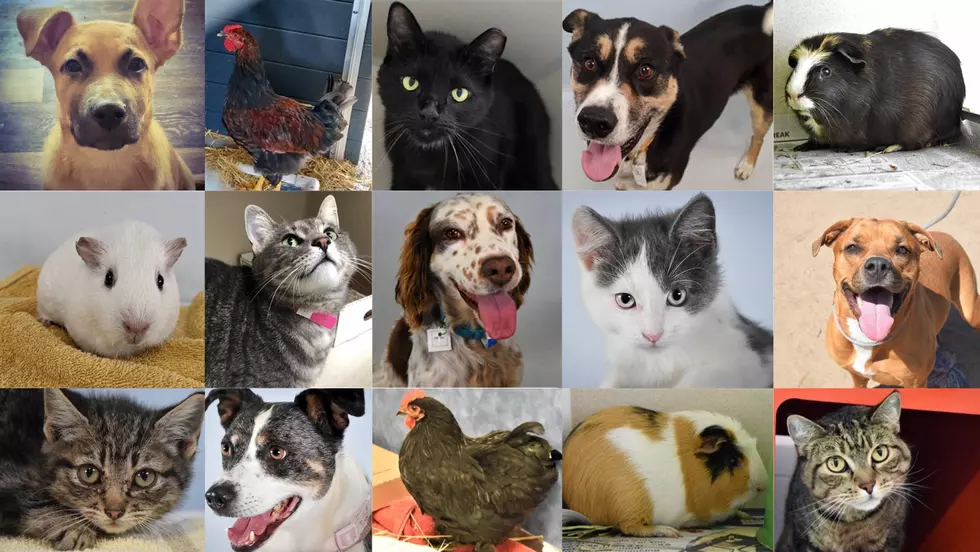
How Did This Colorado Beach Get Its Unique Name?
Gunnison's Blue Mesa Reservoir is recognized as Colorado's largest body of water. The beautiful destination within Curecanti National Recreation Area is a scenic spot for fishing, boating, paddle boarding, swimming, and many other outdoor activities.
The 20-mile reservoir is bordered by 96 miles of shoreline. These beachy shores are perfect coves for resting between adventures or spending time in the sunshine.
One of the sandy areas along the shoreline of Blue Mesa Reservoir is known as the Bay of Chickens.
The Bay of Chickens is located just west of the Elk Creek complex on the side of US Highway 50. It was initially used as a gravel quarry by the Colorado Department of Highways but quickly gained popularity as a site for water recreation. The Park Service ceased gravel operations here in December 984.
While visiting the bay recently, I was curious as to how its unique name originated. I didn't come across any chickens in the cove — just one lonely duck swimming around. So how did the Bay of Chickens get its name?
First, I learned that the Curecanti National Recreation area was named after a Ute Indian sub-chief who roamed through eastern and southern Colorado from the 1860s to 1870s. Could the title of the small bay on the western slope date back to Native American times? After some more online searching, this didn't seem to be the case. Blue Mesa Reservoir wasn't even formed until 1966, so it's unlikely that the area's earliest inhabitants were responsible for dubbing it the Bay of Chickens.
After reaching out to several different resources regarding the Bay of Chickens, the answer was still unclear. Neither a ranger with the National Park Service nor a representative from the city of Gunnison had any information as to how the frequently visited day-use area got its name. Additionally, a reason behind the name was not found by contacting the Gunnison County Library or the Gunnison Pioneer Museum. However, I was able to track down a document from the mid-1980s that discussed some of the development and environmental impacts of the bay.
Although the detailed assessment was informative about the bay's general history and management throughout the years, the report did not include how the site's name came about.
After lots of online searching, the mystery remains as to why the Bay of Chickens is named what it is. If anyone out there has the story behind it, I'd love to know.
Explore the Paint Mines of Colorado
Photos: 10 Reminders to 'Leave No Trace' in Colorado
More From Townsquare Fort Collins









